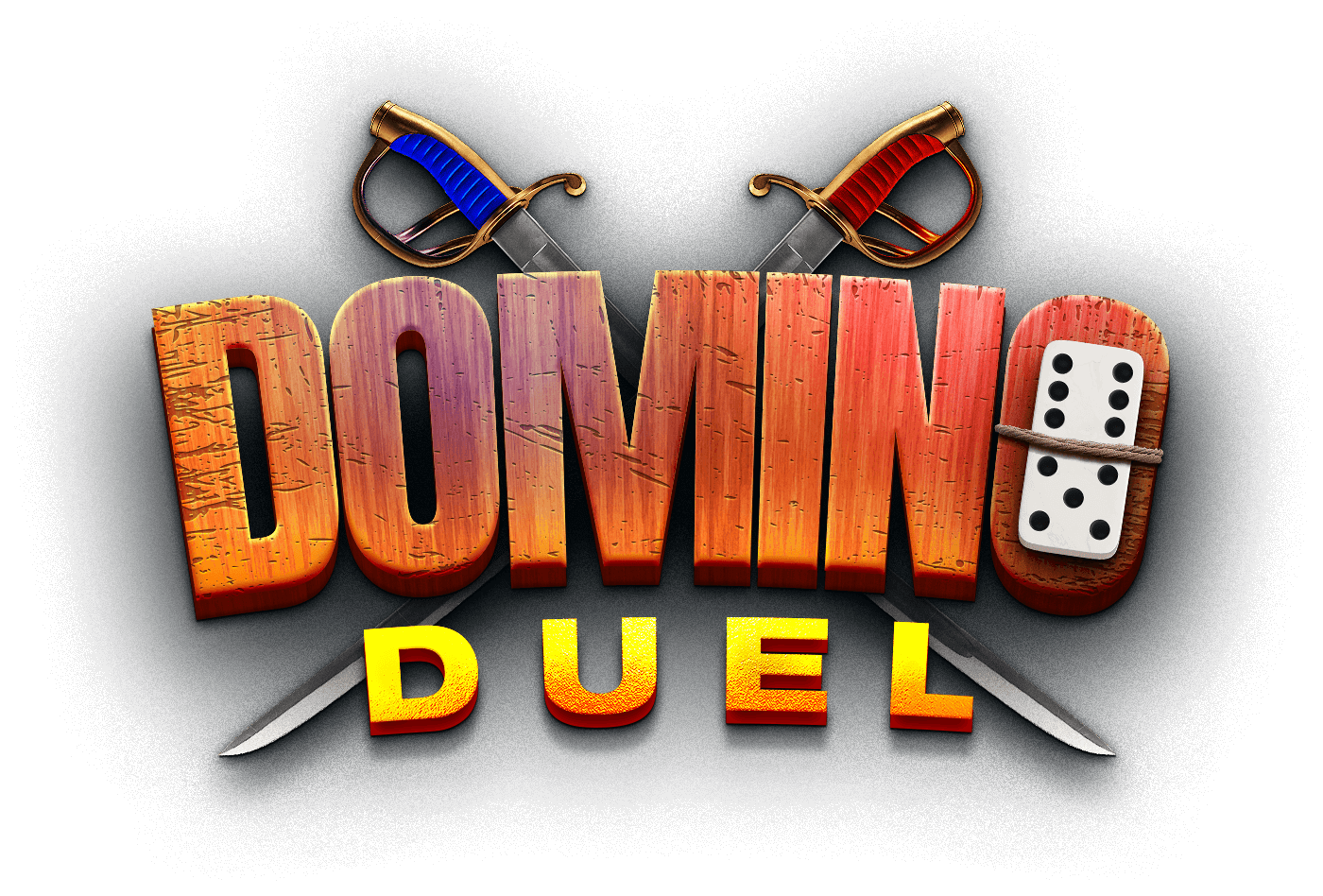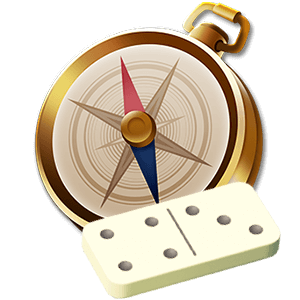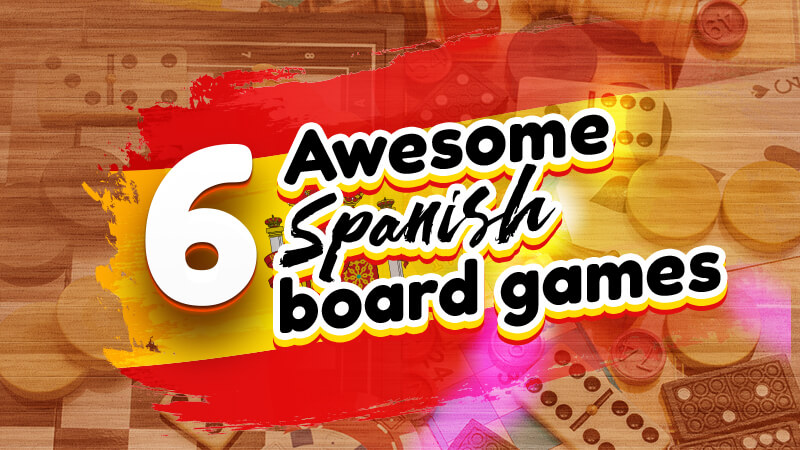
6 Awesome Spanish Board Games
Table of contents


From strategy-based challenges to thrilling cooperative adventures, these board games offer a blend of entertainment and cultural immersion. Get ready to explore the world of Spanish gaming as we unveil these 6 awesome titles that are bound to bring fun and excitement to your tabletop gatherings.
Parchís
Players take turns rolling the die and advancing their tokens accordingly. If a player rolls a six, they have the option to move one token out of the home and onto the starting point. From there, the goal is to navigate the tokens across the board, following the numbered spaces and avoiding obstacles such as other players’ tokens.
One of the most exciting aspects of Parchís is capturing your opponents’ tokens. If a player lands on a space occupied by an opponent’s token, that token is sent back to its corresponding home quadrant, forcing them to start over. This element of strategy adds a competitive edge and allows for strategic decision-making throughout the game.
Additionally, Parchís incorporates safe zones, marked by a star. They offer protection from being captured by opponents. Globe spaces allow a token to teleport to another globe space on the board, providing a shortcut to bypass certain areas. These elements add an extra layer of excitement and unpredictability to the game.
Domino
To begin the game, the tiles are placed face-down and shuffled. Each player then draws a set number of tiles, usually seven, to form their hand. The remaining tiles are left as the “boneyard”. The objective of Domino is to be the first player to empty their hand. A tile can be played if its number of pips matches an open end of a tile already on the table.
For example, a tile with three pips can be played next to another tile with three pips.
The game offers many variations. The most common ones are Draw, Block, All Fives, and Mexican Train. One key feature of Domino is the concept of “doubles.” A double occurs when both ends of a tile have the same number of pips. Doubles are often placed perpendicularly, forming a branching point for subsequent plays.
La Oca
The objective of La Oca is to be the first player to reach the final space. Players move their tokens along the path by rolling dice or spinning a spinner. The number rolled determines the number of spaces to advance. However, certain spaces on the board hold special significance and can affect a player’s progress.
One of the key features of La Oca is the presence of “special” spaces. For example, landing on space 6 allows the player to advance to space 12, creating a shortcut. Conversely, landing on space 19 may result in the player moving backward to space 11.
La Oca promotes social interaction and friendly competition. Laughter and excitement fill the air as players eagerly roll the dice. Additionally, the illustrations on the board spark conversations and ignite curiosity about Spanish history and culture.
Manzanas con Manzanas
The hilarity begins when the judge reviews the red cards and decides which one they find the most fitting, amusing, or even absurd in relation to the chosen adjective. Players strive to select red cards that will elicit laughter or surprise from the judge.
The key to success in Manzanas con Manzanas lies in understanding the judge’s sense of humor and making creative connections. Sometimes, the winning card may be a literal match, while other times, it may rely on wordplay, cultural references, or personal preferences. The game encourages players to think outside the box and showcase their wit and imagination.
Manzanas con Manzanas has a diverse range of cards available. The red cards feature a wide array of nouns, including people, places, things, and even fictional characters. This variety ensures that each round is unique and keeps the gameplay fresh and engaging.
Spanish Bananagrams
The objective of Spanish Bananagrams is to create a grid of interconnected words using letter tiles. Each player starts with a predetermined number of tiles, depending on the number of participants. The players simultaneously work to form their own crossword-like grid, using all of their tiles in the process.
The gameplay of Spanish Bananagrams is intense and dynamic. Players continuously rearrange and add to their grid as they strive to be the first to use up all their tiles. They can also steal tiles from opponents if they find an opportunity to incorporate them into their own grid. Players must utilize their knowledge of Spanish words to form valid and interconnected words.
Spanish Bananagrams can be enjoyed by players of varying language proficiency levels. Beginners can start with basic words, while more advanced players can challenge themselves by incorporating complex vocabulary and longer words into their grid. This adaptability makes the game accessible and enjoyable for a wide range of players.
Petanca
Petanca requires careful aim, precise technique, and strategic decision-making. Players must assess the positioning of their opponents’ boules and plan their throws accordingly. They can choose to throw their boules at different speeds and angles, attempting to knock opponents’ boules out of the way or strategically position their own closer to the cochonnet.
Petanca requires minimal equipment, making it accessible to a wide range of players. The game promotes precision and concentration, and it encourages outdoor activity.
This product is intended for people over 18 years of age for entertainment purposes. This game includes in-app purchases. Practice or success in social casino gambling does not imply future winnings in real money gambling and gambling in general.


